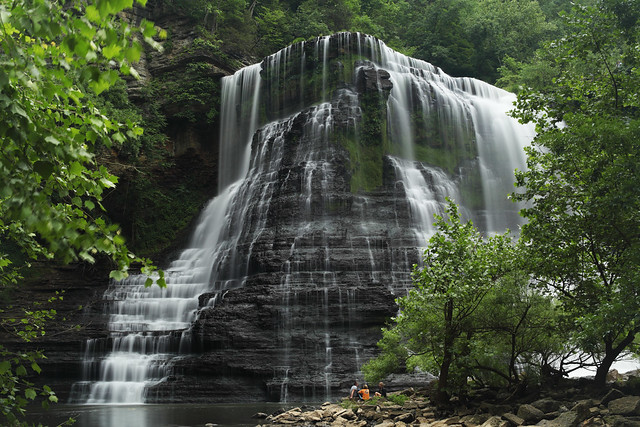SAMBISU posted some great pics of Glacier National Park, I was in Idaho (with some of the fires, pray for rain). Both of us needed ND filters to do a proper job of some to get some longer exposure times.
I am loath to put layers of glass in front of the lens, a good set of NDs looks to be as expensive if not more so than a good prime lens.
I know in the short term the requirement is to bite the bullet and get a good set of NDs.
Longer term, the landscapers, etc should would benefit by going low w/ the ISO. We used to have Kodachrome 25, as well as, an special purpose Ektachrome at 7. I rented a 5dIII that did have a low (50) setting which did not impress me a bit (the low iso setting - the camera is pretty cool).
While I was indeed in the wilderness - am I a lone voice in said wilderness? Is the ND solution "good enough" and the manufactures will continue to push low light marketing? Any hope for a sensor based solution?
And lastly, suggestions on 77mm NDs would be helpful.
Mike




 Reply With Quote
Reply With Quote




